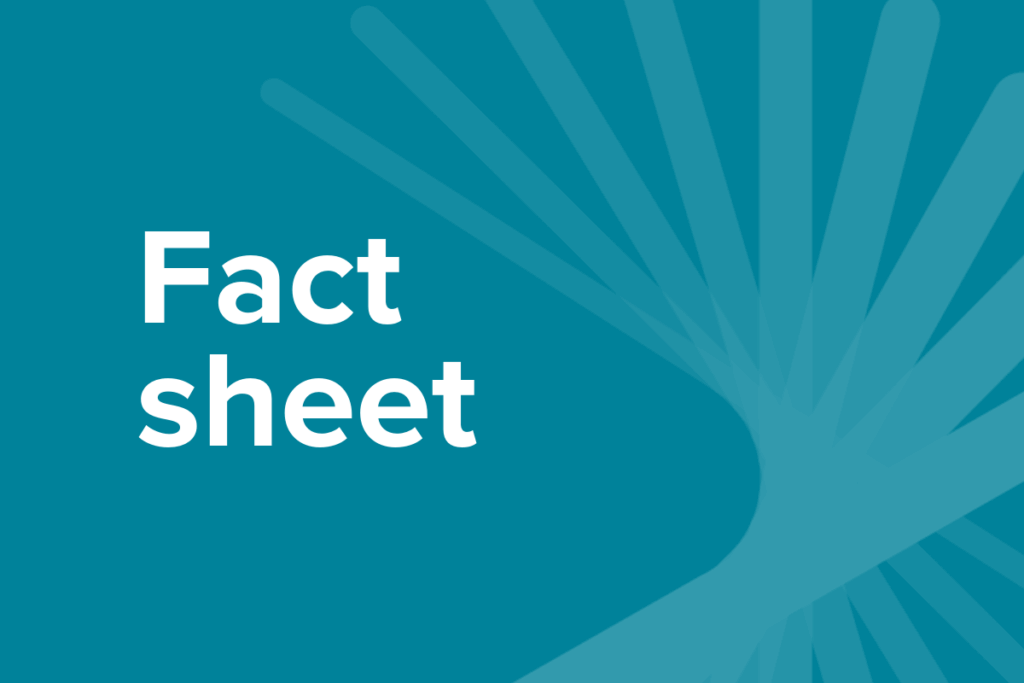Osteoporosis
Osteoporosis is a common condition affecting 1.2 million Australians, it’s where bones become fragile and brittle leading to a higher risk of fractures than in normal bones.
Home / Osteoporosis
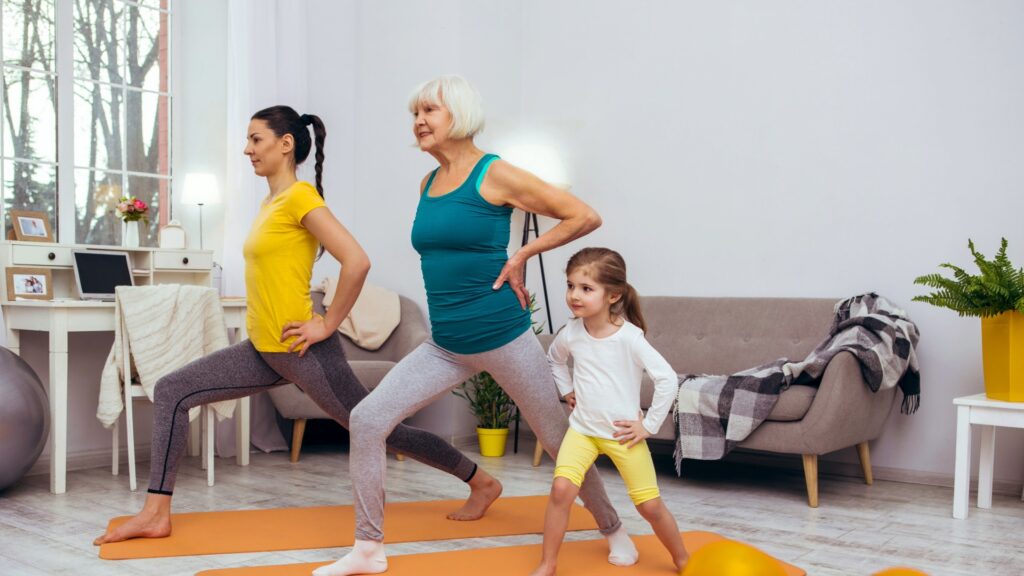
What is osteoporosis?
Osteoporosis occurs when bones lose minerals, such as calcium, more quickly than the body can replace them, leading to a loss of bone thickness (bone density). Any bone can be affected by osteoporosis, but the most common sites are the hip, spine, wrist, upper arm, forearm or ribs. Fractures in the spine due to osteoporosis can result in changes in posture and height loss.
As bones become thinner and less dense, even a minor bump or fall can cause a serious fracture. Falls are a common cause of fractures for people with osteoporosis. Osteoporosis usually has no symptoms until a fracture occurs – this is why it is often called the ‘silent disease’.
How does exercise help osteoporosis?
Exercise can help bones modify their shape and size so they become stronger and this can prevent injuries. Exercise also increases muscle strength and improves balance which can help reduce the risk of falls.
Approximately one third of people over 65 fall each year and it’s estimated that around 6% of falls result in a fracture. This makes maintaining bone density and preventing falls an important health issue.
Physical activity plays role in primary, secondary treatment and prevention of osteoporosis.
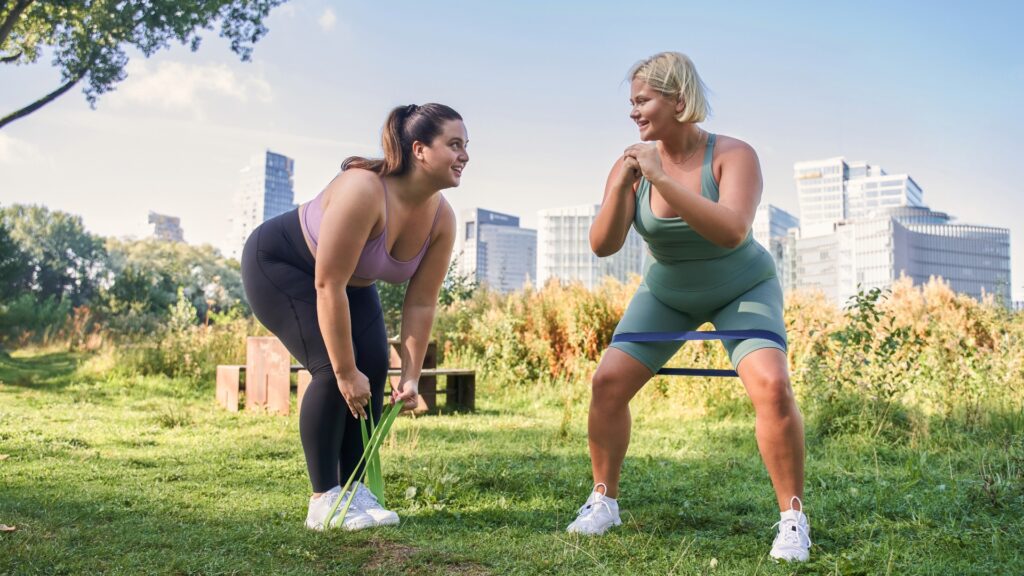
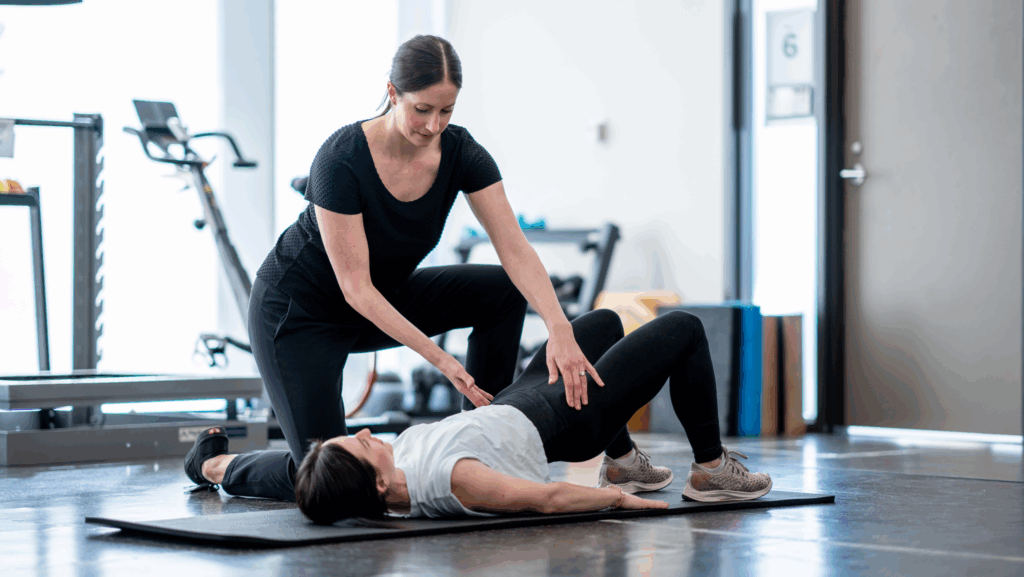
Things to remember
- Exercises that involve explosive movements or high-impact loading should be avoided.
- Exercises involving loaded flexion and rotation should be avoided.
- Avoid non-weight bearing activities as this does not increase the strength of bones.
- Begin lightly and gradually increase the amount of weight-bearing exercises and the resistance.
What type of exercise is best for osteoporosis?
To maintain bone density Exercise Right recommends weight-bearing activities that have an impact on bones such as running, jumping and skipping. Exercise Right recommends:
- Moderate intensity exercise that does not exacerbate pain
- Aerobic weight-bearing activities (e.g. tennis, stair climbing and walking) to increase bone mineral density
- Supervised resistance exercise (e.g., weight lifting) as tolerated. Simple exercises such as walking are perfect as this is a weight bearing activity. Other great options would include Tai Chi, stair climbing and even line dancing
For older women and men at increased risk of falls, the exercise prescription by an Accredited Exercise Physiologist should also include activities that increase balance. However, those with osteoporosis should perform only low-impact weight bearing exercises, mainly aimed at reducing falls.
Frequently asked questions
What is an Accredited Exercise Physiologist (AEP)?
An Accredited Exercise Physiologist (AEP) is an allied health professional that prescribes individualised exercise therapy to help people manage their chronic conditions, disabilities, long-term injuries and so much more. They are the most qualified professionals in Australia when it comes to the prescription safe and effective of exercise therapy.
Who should see an AEP?
Anyone who wants to move safely and improve their health can benefit. From chronic conditions to injury recovery, or simply wanting advice on how to exercise right, an exercise physiologist is the expert to see.
Is an AEP covered by Medicare or private health insurance?
Yes. As allied health professionals, exercise physiology services are recognised in government health funding including Medicare, National Disability Insurance Scheme (NDIS) and Department of Veteran’s Affairs (DVA), workers’ compensation and private health insurers. It’s important that you check with your provider as coverage can vary.
Where can I find an AEP?
Use recognised directories like Exercise & Sports Science Australia (ESSA), ask your GP or look for allied health clinics with AEP credentials.
You may also like
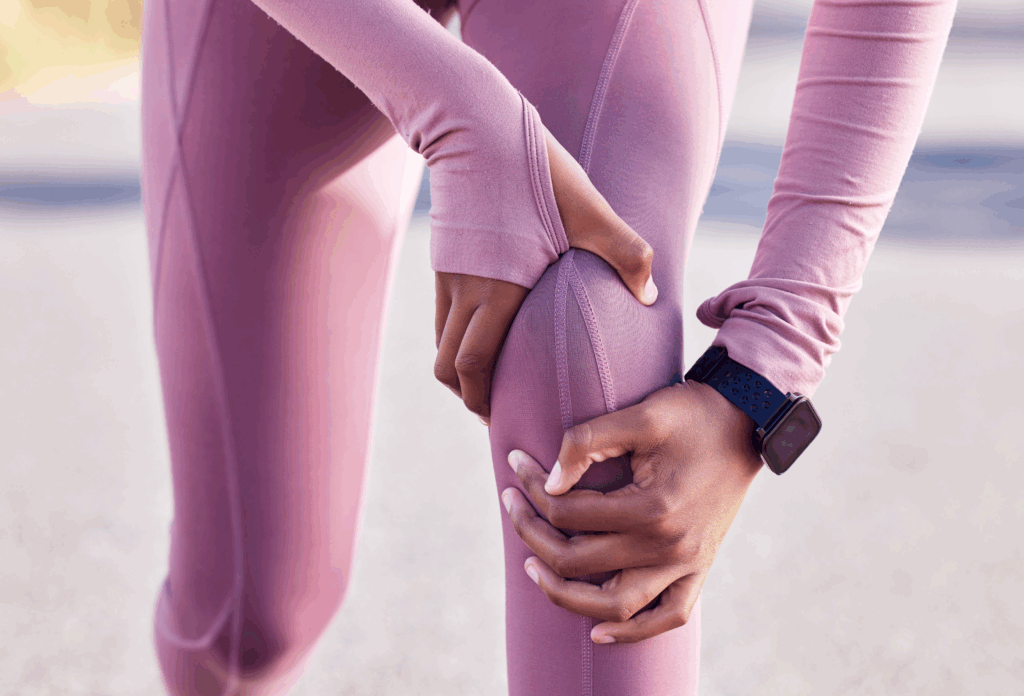
Exercise, Bone Health and Osteoporosis
What is osteoporosis? Osteoporosis is a bone condition, affecting more than 800,000 Australians as of 2022. It’s a condition where the bones become fragile, weak and brittle, leading to a higher risk of fractures from minor bumps or accidents. While osteoporosis is sometimes assumed to affect older and elderly people, it can affect anyone of […]
Increasing bone strength – Exercise for Osteoporosis
Osteoporosis is common in Australia. In 2017-18, 3.8% of the population were diagnosed with Osteoporosis, an estimated 924,000 Australians. It’s a condition where the bones become fragile, weak and brittle, leading to a high risk of fractures from minor bumps or accidents. Accredited Exercise Physiologists Malek El-Hassan and Andrew Rivellese explain why exercise is important […]

